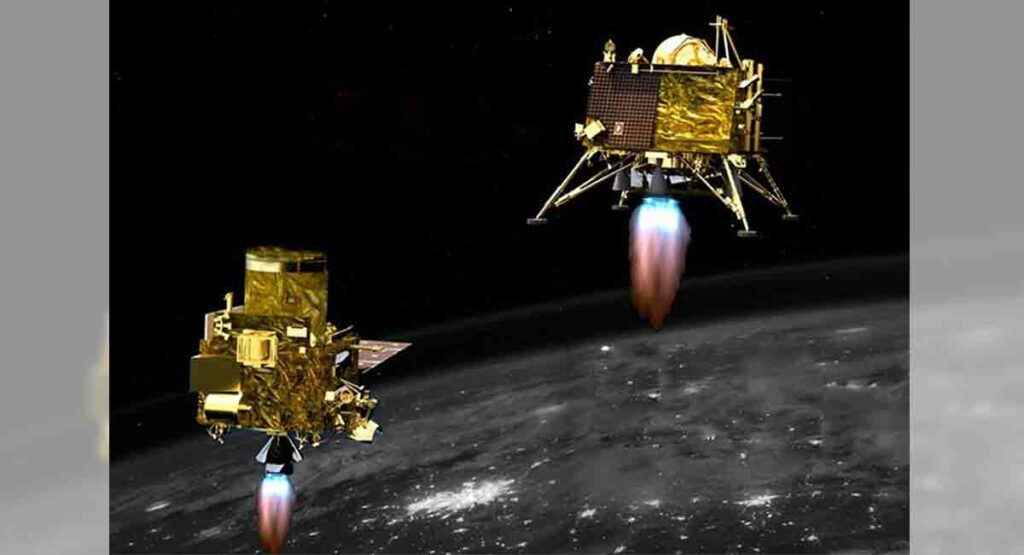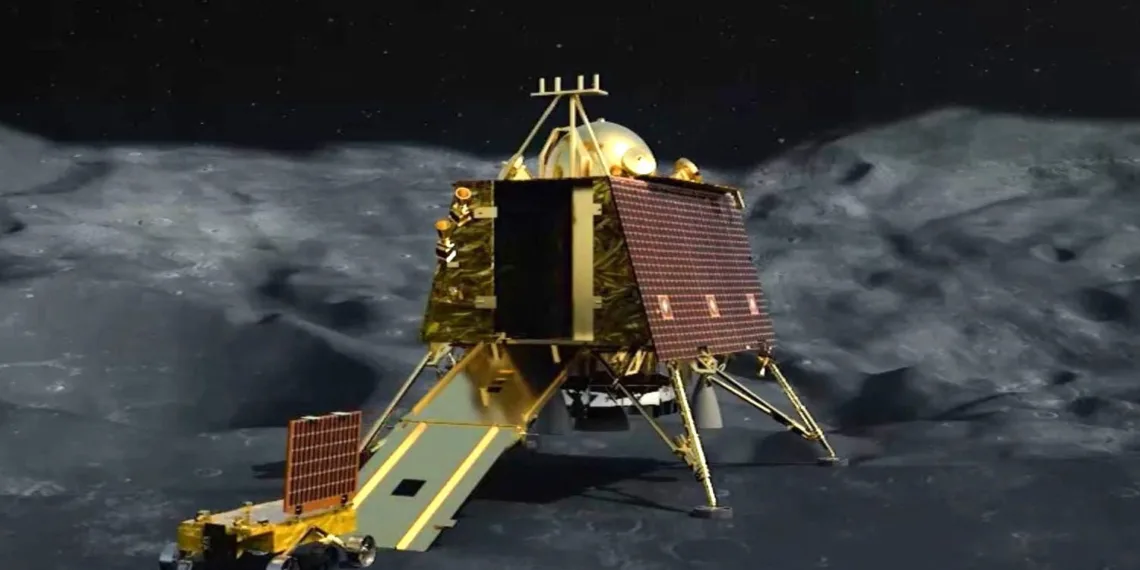If all goes as planned, the Indian Space Research Organization’s ambitious Chandrayaan-3 mission will launch in less than two months, with the goal of demonstrating critical technologies that will allow the spacecraft to land near the moon’s south pole.
The Chandrayaan-3 mission is equipped with scientific instruments to explore the thermo-physical characteristics of the lunar regolith, lunar seismicity, the lunar surface plasma environment, and the elemental composition around the landing site. While the scope of these scientific equipment on the lander and rover would fit into the concept of ‘Science from the Moon,’ another experimental device, according to ISRO officials, will analyse the spectro-polarimetric signals of the Earth from lunar orbit.
The Chandrayaan-3 spacecraft successfully completed important tests that demonstrated its ability to withstand the high vibration and acoustic environment that it would face at launch in March of this year
The Chandrayaan-3 spacecraft, which would be launched by LVM3 from SDSC SHAR, Sriharikota, is made up of three modules: propulsion, lander, and rover. The Spectro-polarimetry of Habitable Planet Earth (SHAPE) payload would analyse spectral and polarimetric observations of Earth from lunar orbit after the propulsion module propelled the lander and rover configuration to a 100 km lunar orbit.

The lander’s payloads include a ‘Chandra’s Surface Thermophysical Experiment’ to measure thermal conductivity and temperature, and a ‘Langmuir Probe’ to assess plasma density and its variations.
A passive Laser Retroreflector Array from the National Aeronautics and Space Administration (NASA) is also available for lunar laser ranging studies. The Lander would be able to soft land at a predefined lunar area and install the Rover, which would do in-flight chemical analysis of the lunar surface.
Also Read:








